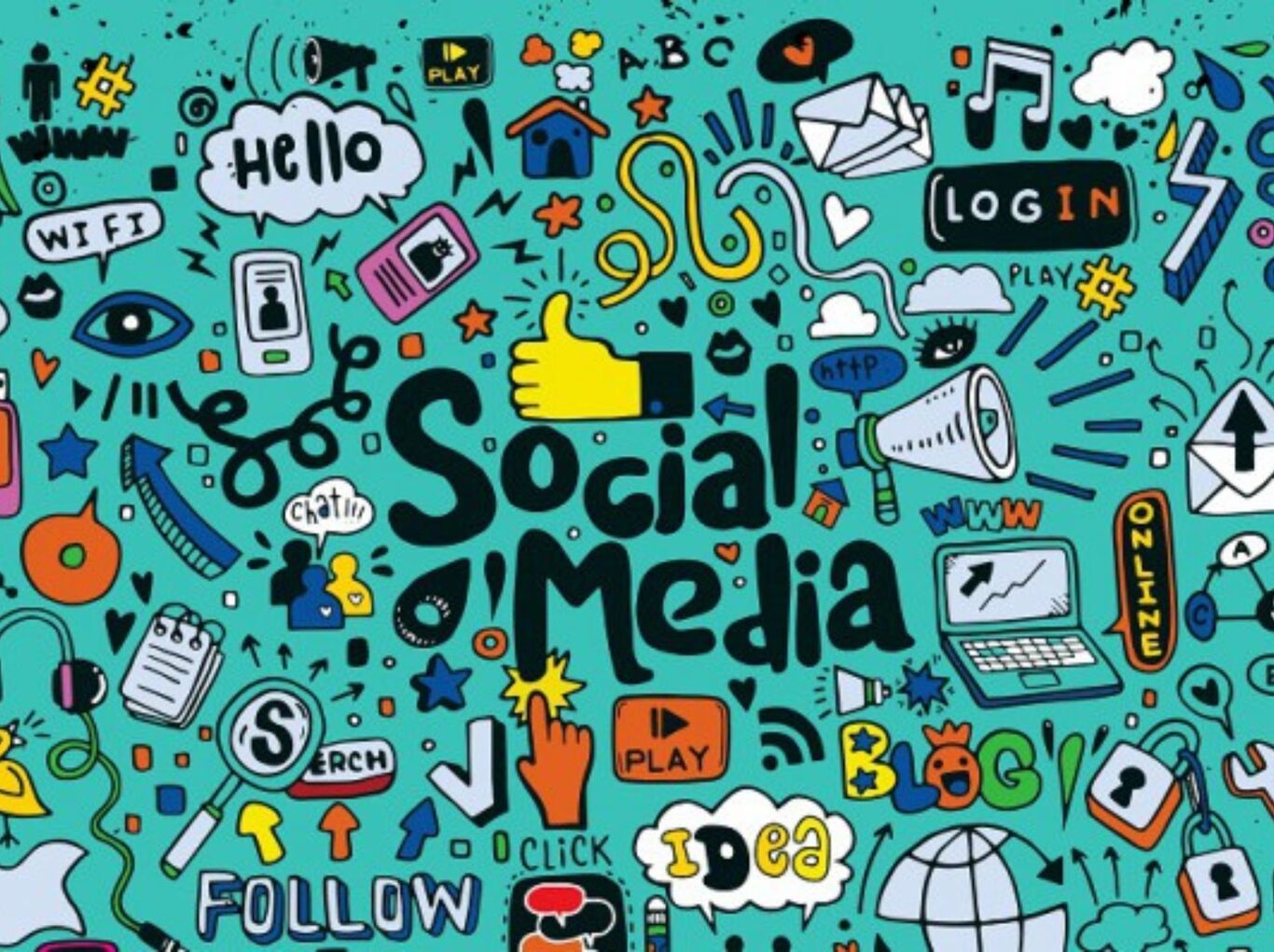What is User Generated Content? How to Use UGC Content?

Have you ever wondered why some brands establish themselves in an almost instant rapport with their target consumers? When engaging in a conversation with their customers, they impact their attitudes in a positive way.
This is where user-generated content (UGC) plays an important role. It is a form of content created and shared by customers, fans, and followers of a brand.
Rather than high-quality commercials, people watch regular, relatable lifestyles. This makes UGC incredibly valuable for brands that seek to establish genuine, meaningful connections with their audience.
When applied well, UGC creates trust with customers, develops a sense of community, and improves engagement.
This blog will discuss the basics of UGC content platforms and types, along with their best tips and strategies.
What is User Generated Content?
User-generated content is defined as any form of content creation that may include images, video, text, or audio that is developed and posted by the viewers or customers and not the brand.
Such content is generally published on social networks, weblogs, or other review platforms and can encompass testimonials or descriptions of products, unboxing videos, and others.
It is different from the conventional marketing content generated by companies since UGC is created by individuals who have a positive attitude towards the advertised product or service. This makes it more like ‘one of us’ and more credible.
This is accurate because a potential customer gets to see how a product or service works in real life, unlike when a brand tries to convince them.
Types of User Generated Content
User-generated content (UGC) comes in many forms, each offering a unique way to connect with your audience.
Here are some of the most common types:
-
Social Media Posts
These are narrative proofs posted by people on Instagram, Facebook, and other social media platforms. Customers mention the actual brand or use a specified hashtag to explain the product.
These posts contribute to brand identity while depicting people using the products.
-
Reviews and Testimonials
Customers share detailed opinions and ratings on review platforms or different social media. These reviews can have a big impact on other shopping decisions.
Positive reviews build trust, while detailed testimonials offer insights into how the product works.
-
Blog Posts
Some customers or influencers take it a step further by writing detailed reviews or sharing their experiences on their blogs.
These posts are great for SEO (search engine optimisation) and can boost the brand’s credibility. They also provide in-depth information that can help potential buyers make informed decisions.
-
Customer Photos
Customer-suggested posts include photos of how they incorporate a product into their daily routine. Such images go viral on social platforms and the brand can republish them.
It is psychologically easy for consumers to believe in a product’s use when they see other individuals embrace it.
-
Comments and Discussions
Consumers also interact with brands whenever and wherever they post comments on social media, blogs, and forums.
It is used to get valuable feedback and enable people to feel a sense of community with the brand.
-
Contests and Challenges
Some brands sponsor contests and challenges that require users to create original content.
For instance, a brand can encourage its customers to share a photo of them using their product for a chance to win a gift.
These types of UGC can often produce a significant amount of user interactions and enthusiasm.
5 Examples of User Generated Content
To give you a clearer idea of how UGC works, let’s look at five good user-generated content examples:
1. Aerie (American Eagle Outfitters)
Aerie began the #AerieREAL campaign, in which women were able to post their pictures wearing the clothes from Aerie without photoshopping them.
This campaign is based on body positivity and self-esteem, promoting genuine customers’ experiences and letting people be themselves.
These photos are visible on their site and their social platform.
2. Spotify Wrapped
Spotify users get a personalised ‘Wrapped’ report every year detailing the most listened-to songs, artists, and genres.
These reports are encouraged to be shared on social media platforms as a way of displaying the exceptional tastes of music of the users.
This campaign based on UGC is highly effective because it makes users an active part of Spotify and turns them into brand advocates, gladly sharing content from the platform.
3. LEGO Ideas
LEGO encourages its fans to submit their creations and ideas for new LEGO sets through the LEGO Ideas platform.
If a fan’s idea gets enough support from the community, LEGO may turn it into an official set.
This UGC approach engages the community and directly involves customers in product development, creating a deeper connection between the brand and its fans.
4. GoPro Awards
GoPro runs an ongoing program where users can submit their best photos and videos captured on GoPro cameras. Winners receive cash prizes, and their content is featured on GoPro's official channels, inspiring other users to create and share their adventures.
The award program has resulted in some of the most spectacular user-generated content in social media, from extreme sports to wildlife footage, helping GoPro maintain its position as the go-to camera for adventure photography.
5. Apple ShotOniPhone
One of the longest-running UGC campaigns, Apple features photos taken by iPhone users on billboards worldwide and social media. Users simply need to tag their photos with #ShotOniPhone, and Apple selects the most impressive ones for their marketing.
The campaign highlights the iPhone's camera capabilities through users' creativity, with over 26 million posts on Instagram alone under this hashtag.
How to Integrate User-Generated Content in Marketing Strategy
Using user-generated content in marketing is an effective way to build trust and engage your audience.
Here’s how you can integrate UGC into your marketing strategy:
-
Create a Hashtag Campaign
Encourage your customers to share their experiences using a specific hashtag. This makes it easy to find and share UGC on your channels.
Make sure the hashtag is catchy and aligns with your brand identity.
-
Feature UGC on Your Website
Add a section on your website that showcases UGC. This could be a gallery of customer photos, testimonials, or videos.
Seeing real customers using your product can increase credibility and encourage more sales.
-
Incorporate UGC in Ads
UGC can be a powerful addition to your advertising. Use customer photos, quotes, or videos in your ads to add authenticity.
This approach works well for both social media ads and traditional digital marketing.
-
Run Contests and Giveaways
Encourage customers to create and share content by offering a reward.
For example, run a photo contest where the best picture featuring your product wins a prize. This not only generates more UGC but also creates excitement around your brand.
-
Share UGC on Social Media
Regularly share trending UGC on your social media platforms. Highlighting your customers makes them feel valued and encourages others to share their experiences as well.
It’s a win-win for both your brand and your followers.
Best Tips and Practices for UGC Content Strategy
To get the most out of UGC content, here are some helpful tips and best practices:
1. Always Ask for Permission
Before using someone’s UGC, it’s important to get their permission. This not only shows respect for their work but also helps you avoid any legal issues.
A simple message asking for permission can go a long way in building trust with your audience.
2. Credit the Creator
When you share UGC, always give credit to the original creator. Tag them in your posts or mention them in your captions.
This recognition makes the creator feel valued and strengthens your relationship with your audience. It also encourages others to share their content, knowing they will receive credit.
3. Maintain Consistency
Ensure that the UGC you share fits with your brand’s voice and style. Consistency is key to maintaining a cohesive look across all your marketing channels.
When UGC aligns with your brand’s image, it feels more authentic and reinforces your brand identity.
4. Use High-Quality Content
Not all UGC is suitable for sharing. Focus on selecting content that is visually appealing and of high quality.
This ensures that the content strategy you share represents your brand well. If needed, provide guidelines to your audience on how to create the best UGC.
For example, suggest lighting tips for photos or provide hashtags to use.
5. Monitor and Moderate
Keep track of the UGC being shared about your brand. Engage with positive content by liking, commenting, or sharing it.
However, be prepared to address any negative feedback or inappropriate content.
Responding constructively to criticism can show that your brand values customer input and is committed to improving.
6. Encourage Participation
Actively encourage your audience to create and share content. You can do this by running contests, offering incentives, or simply asking questions that prompt a response.
The more engaged your audience is, the more UGC you will have to work with.
Wrapping Up
User-generated content remains a powerful tool that can help brands build trust, engage customers, and drive sales. By incorporating UGC content into your marketing strategy, you can create a more authentic and relatable brand image.
Whether it’s through social media, your website, or ads, UGC gives your audience a voice and makes them feel like part of your brand’s story. With the right approach, UGC can become one of the most valuable assets in your marketing toolkit.
Reach out to GrowthJockey today to get proven UGC strategies to enhance your brand perception.
FAQs
1. What is meant by user-generated content?
User-generated content is any content created by customers or fans of a brand, rather than by the brand itself.
2. What is a UGC content example?
An example of UGC content is a customer sharing a photo of themselves using a product on Instagram and tagging the brand.
3. What are examples of user-created content?
Examples include social media posts, reviews, blog posts, and videos made by users about a brand or product.
4. What is UGC and how does it work?
UGC works by allowing customers to share their real-life experiences with a brand’s product or service, which the brand can then use in its marketing.








